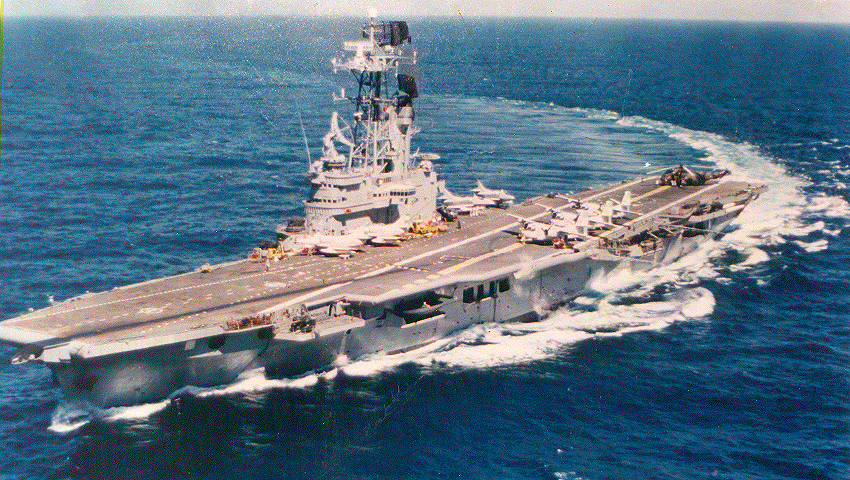ARTESH
Chief Master Sergeant
Thank you dear Jeff. And if my calculations be right, The photos are taken about 20 years after the Las Malvinas. Am I right?I would say 2003 to 2006 as the USS Ronald Reagan (CV-76) was not commissioned until July 2003, and the last F-14's were retired from USN Fleet Service in September 2006.

